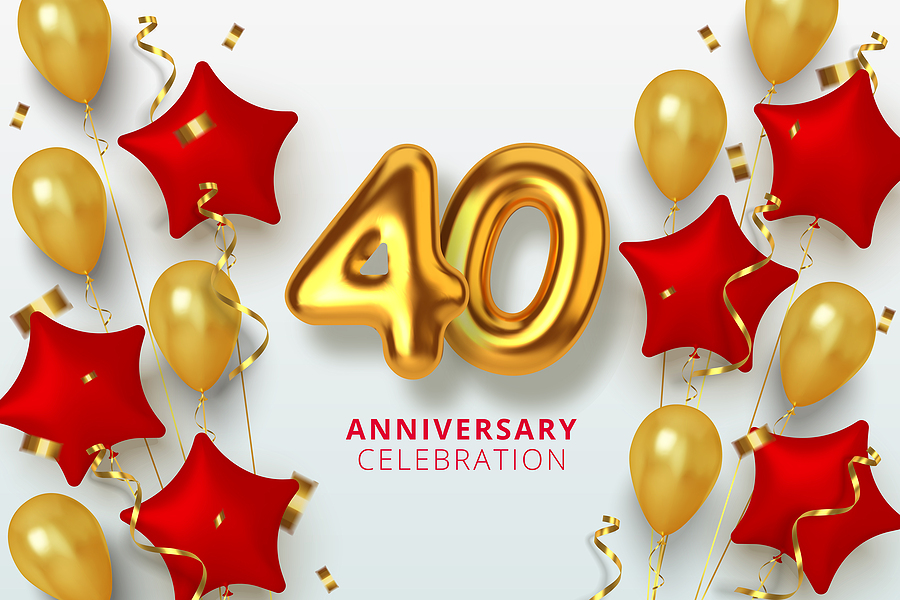
When minerals can be cut and refined to turn into jewelry or other ornamentations, we call them gemstones. And we take this label a step forward by then categorizing gemstones as precious or semi-precious. Should you care? Perhaps not so much.
Precious Gemstones
Don’t get hung up into thinking the ring you’re buying is less than exquisite because it’s only labeled “semi-precious.” Only four gemstones in the world actually can claim the “precious” title —ruby, sapphire, diamond and emerald. All others (aquamarine, amethyst, peridot and on and on) are considered semi-precious even though we love them and they can be even more valuable.
Who Devised This Confusing System?
That’s a very good question, but the system is one that’s been at least loosely followed for centuries. The four precious gemstones are not only vibrant in color but also among the hardest gemstones on the Mohs scale, a 1-10 scale we use to measure the relative scratch-resistance properties of the mineral. Diamonds win the door prize as the hardest gemstone, with rubies and sapphires close behind, emeralds a little further.
Price is indeed often a factor, since diamonds, sapphires, rubies and emeralds can cost the most. But some natural pearls, for instance, can be rarer and even more expensive than a lower grade diamond, for instance, and still “only” be considered semi-precious. Some variety of semi-precious tourmaline, as another example, can sell for much more than other precious gemstones. And gorgeous stones like moonstones, turquoise, tanzanite and opal may be labeled “semi” but they’re still fabulous.
Bottom line: There’s really nothing scientific about this distinction. As David says, at the end of the day it’s all about what gemstone is precious to you or your loved one. Let your heart be your guide and find the perfect gemstone no matter the label!






